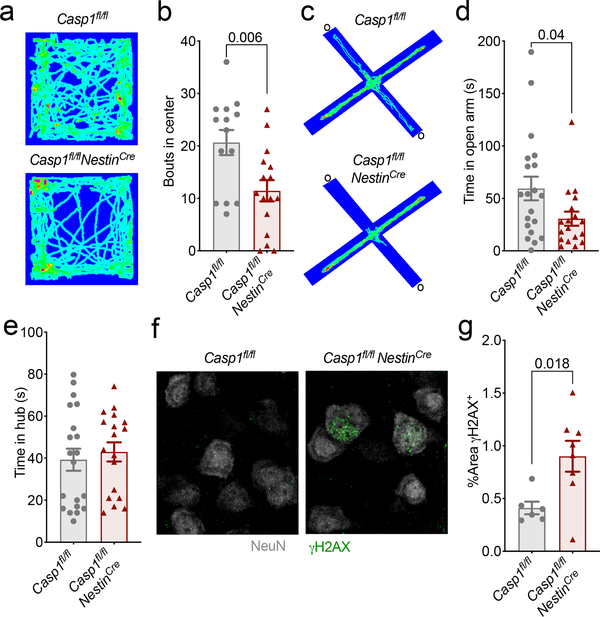Figure 4. CNS-specific deletion of Caspase-1 results in anxiety-like behaviors and DNA damage accumulation in the brain.
(a-e) Anxiety-associated behaviors were assessed in adult (8–12 weeks old) Casp1fl/fl and Casp1fl/flNestinCre mice. (a) Representative heat maps of the path mice traveled in the open field arena; from 3 independent experiments with similar results. (b) Quantification of bouts into the center of the open field arena (Casp1fl/fl n=14, Casp1fl/flNestinCre n=16; from 3 independent experiments). (c) Representative heat maps depicting path of travel through open arms (o) and closed arms of the elevated plus maze; from 4 independent experiments with similar results. (d) Quantification of time spent in the open arms of the elevated plus maze and (e) time in the hub (Casp1fl/fl n=20, Casp1fl/flNestinCre n=18; from 4 independent experiments). (f-g) Adult brains were evaluated for levels of DNA damage (γH2AX, green) in NeuN-expressing neurons. (f) Representative cortex images from 2 independent experiments with similar results. (g) Quantification of γH2AX staining in cortical brain sections (Casp1fl/fl n=6 and Casp1fl/flNestinCre n=8; from 2 independent experiments). All n values refer to the number of mice used. Error bars depict mean ± s.e.m. Statistics calculated by unpaired two-tailed Student’s t-test.

